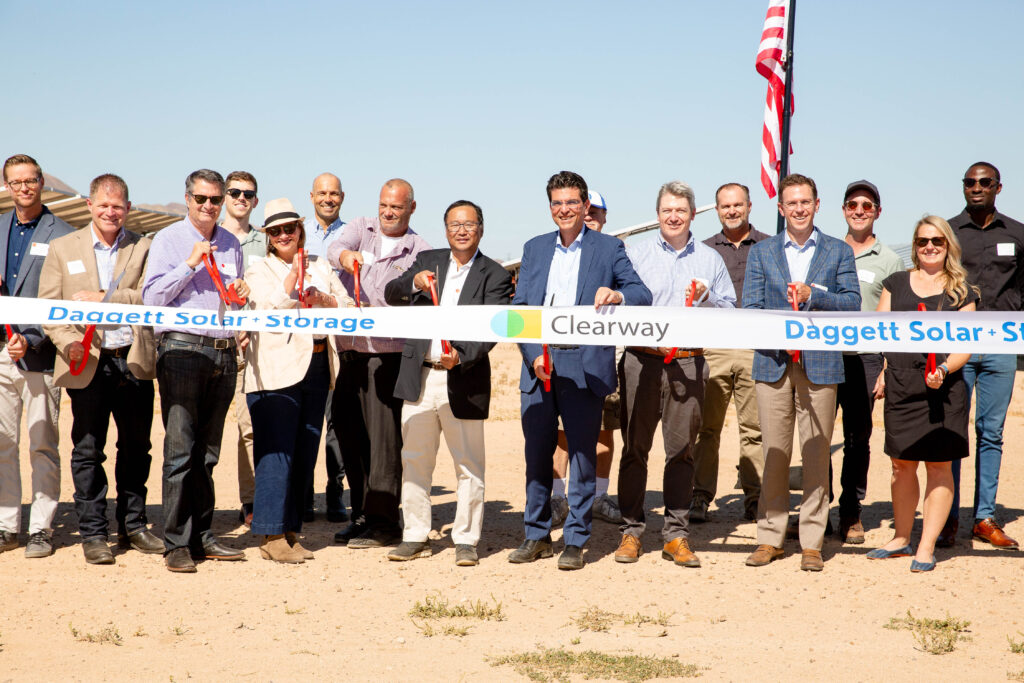
“The Daggett facility is a vital asset for the Clean Power Alliance (CPA), providing enough energy to power approximately 85,000 homes in Southern California,” said Ted Bardacke, CEO of the CPA, one of the organisations to acquire power from the project.
“There were numerous challenges in getting this project across the finish line including the pandemic, supply chain delays, solar panel tariffs, and extraordinary global crises such as the war in Ukraine,” continued Bardacke. “I’m glad we were able to work together to bring us to where we are today.”
The commission of projects such as this will be good news for the California renewables sector, with the state aiming to meet 100% of its energy demand by clean energy sources by 2045. Californian solar generation has increased twentyfold between 2012 and 2022, and according to the California Energy Commission, in 2021, 37% of the state’s electricity came from solar and wind. This figure further increases to 59% when considered alongside hydroelectric and nuclear power.
The use of battery storage facilities in particular will be significant, as California has sought to encourage new storage facilities in recent years. According to the California Independent System Operator, battery storage capacity installed in the state increased from 250MW to 5GW between 2019 and 2023, and the state government expects this capacity to grow to 52GW by the middle of the century.






